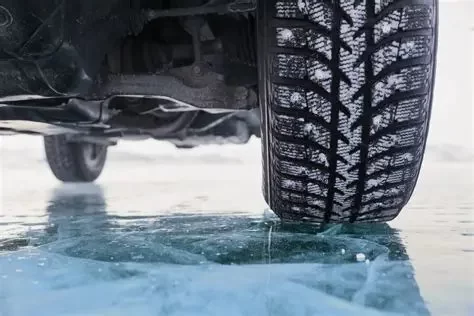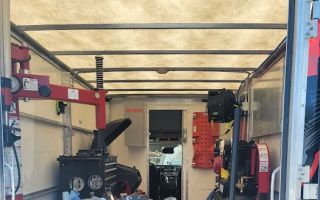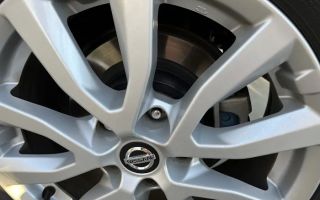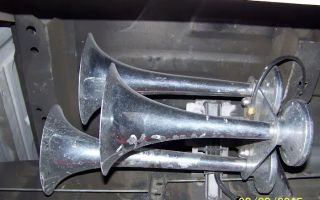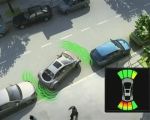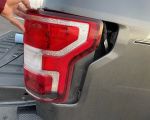- 01 - understanding-freezing-rain-conditions
- 02 - vehicle-preparation-before-a-storm
- 03 - how-to-drive-safely-during-freezing-rain
- 04 - what-to-do-when-you-start-to-slide
- 05 - real-life-case-avoiding-major-accident
- 06 - emergency-tools-and-roadside-support
- 07 - plan-b-how-to-act-if-stranded
1. Understanding Freezing Rain Conditions
Freezing rain is one of the most hazardous weather conditions for drivers. Unlike snow, which provides some traction, freezing rain creates a slick sheet of ice on roadways that can render brakes useless and steering unpredictable. It forms when snowflakes melt into rain as they fall and refreeze on contact with cold surfaces. Understanding how freezing rain affects traction is crucial for safe driving in freezing rain.

AJ's Auto Glass & Detailing
4404 S 84th St, Omaha, NE 68127, USA
2. Vehicle Preparation Before a Storm
Preparation is your first defense against dangerous winter conditions. Start by ensuring your vehicle is winter-ready:
- Install winter tires for enhanced grip on icy surfaces
- Top off windshield wiper fluid with a winter blend
- Test and charge your battery—cold weather weakens it
- Keep at least half a tank of fuel to avoid freezing
Don’t underestimate the value of a pre-storm vehicle checkup. Many Rescue & Towing customers report avoiding roadside breakdowns simply by checking their tires and brakes in advance.

AJ's Auto Glass & Detailing
4404 S 84th St, Omaha, NE 68127, USA
3. How to Drive Safely During Freezing Rain
When driving in freezing rain, assume every surface is slippery—even if it looks clear. The following strategies can drastically improve safety:
- Slow down: Reduce your speed to account for longer stopping distances
- Increase following distance: Stay at least 8-10 seconds behind the car in front
- Avoid sudden movements: Brake and steer gently to maintain control
- Use low beams: Visibility can be poor in freezing rain; high beams may reflect glare
Remember, freezing rain doesn’t forgive mistakes. Driving cautiously is not optional—it’s essential.
4. What to Do When You Start to Slide
Skidding is common on black ice, especially during freezing rain. If your car begins to slide, here’s what to do:
- Remain calm and don’t slam the brakes
- Ease off the gas and gently steer in the direction you want the front wheels to go
- If you have anti-lock brakes (ABS), apply firm, continuous pressure
A Rescue & Towing customer once avoided a collision by using these exact techniques on a rural bridge in Maine. Learning and practicing these moves could make all the difference between recovery and disaster.
5. Real-Life Case: Avoiding a Major Accident
In early 2023, a driver in Minnesota shared a chilling story with our support team. They hit a patch of freezing rain during a 20-minute commute, lost control at an intersection, and nearly T-boned a truck. Fortunately, they remembered to turn into the slide, allowing the car to stabilize just in time. Later, they told us, “That was the closest call of my life—and I’d never even heard of steering into a skid before reading your winter guide.”
This firsthand account proves that tips for safe driving in freezing rain aren’t just theoretical—they can save lives.
6. Emergency Tools and Roadside Support
Driving in freezing rain also means being prepared in case things go wrong. Equip your vehicle with the following essentials:
- Blankets, gloves, and hand warmers
- LED road flares or reflectors
- Shovel and ice scraper
- Battery booster cables
- Non-perishable snacks and bottled water
Also, store our contact at Rescue & Towing in your phone—many customers find comfort knowing emergency help is just a call away if they're stranded or stuck in snowbanks.
7. Plan B: How to Act If Stranded
Sometimes, no matter how prepared or careful you are, freezing rain wins. If you’re stranded:
- Stay with your vehicle—your car offers shelter and is easier to locate than a person on foot
- Run the engine 10 minutes every hour to stay warm, but ensure the exhaust pipe is clear of snow
- Use hazard lights, reflectors, or a bright cloth to signal distress
Above all, don’t panic. Contact local roadside support services like Rescue & Towing for fast assistance and peace of mind. Being mentally prepared is just as important as having the right tools.

